10 Types of Green Building Materials That Are Better Than Concrete
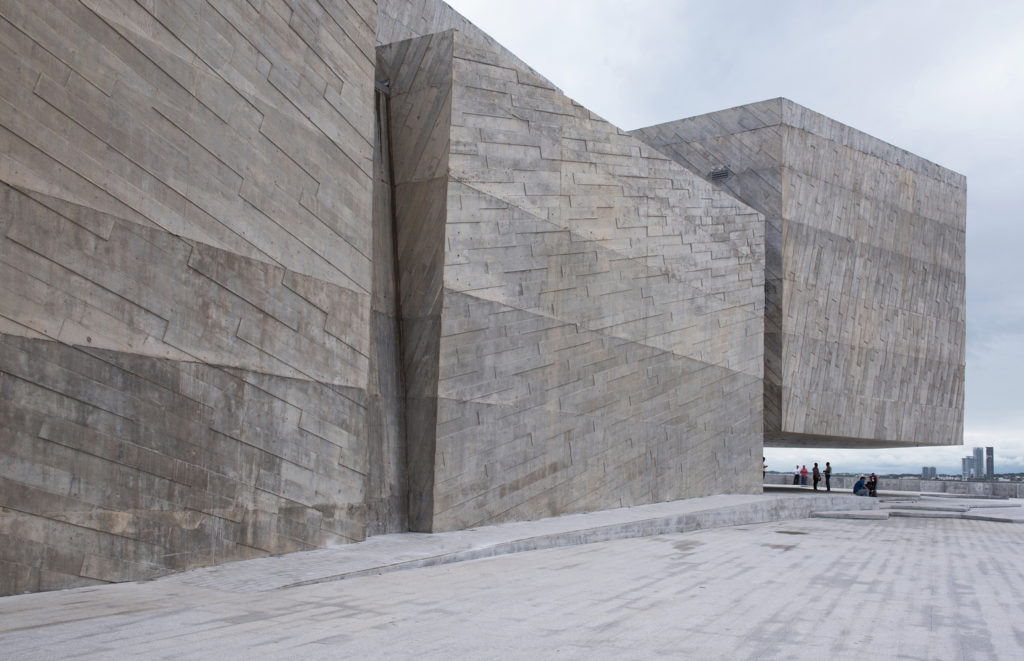
Concrete is a very popular and widely used construction material in any ages and many aspect. Its importance to modern cities is undisputed. But concrete production has been releasing tons of CO2 greenhouse gas emissions into our lovely atmosphere each year, contributing heavily to climate change.
Today, the construction has many option to replace traditional concrete while promoting green building materials and preserving our mother earth. Below, we would like to introduce 10 types of green construction materials that can be used to replace concrete in many means.
1. Recycled Plastic
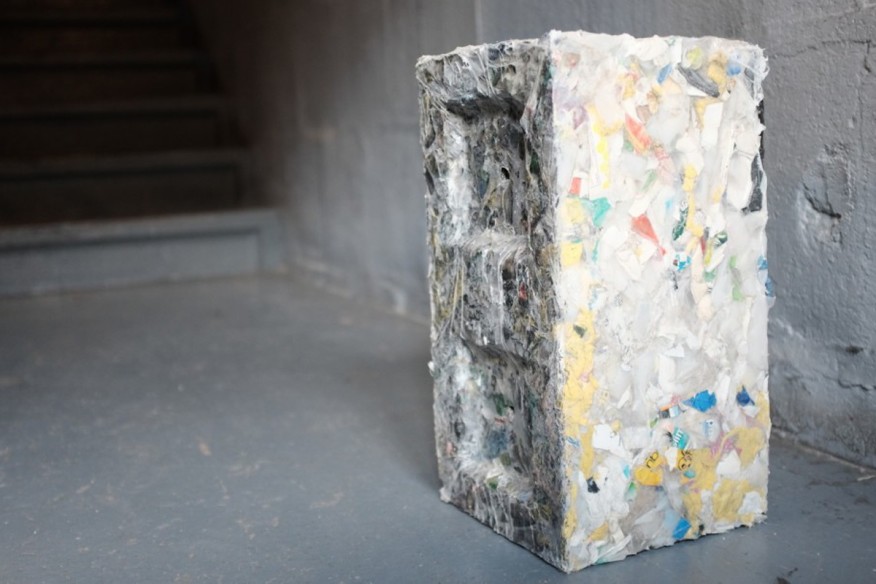 Instead of exploiting and extracting new components, researchers are creating concrete with plastic components and making them recyclables. This method will help to reduce greenhouse gas emissions, while providing new applications for waste treatment.
Instead of exploiting and extracting new components, researchers are creating concrete with plastic components and making them recyclables. This method will help to reduce greenhouse gas emissions, while providing new applications for waste treatment.
2. GrassCrete - Concrete Plant
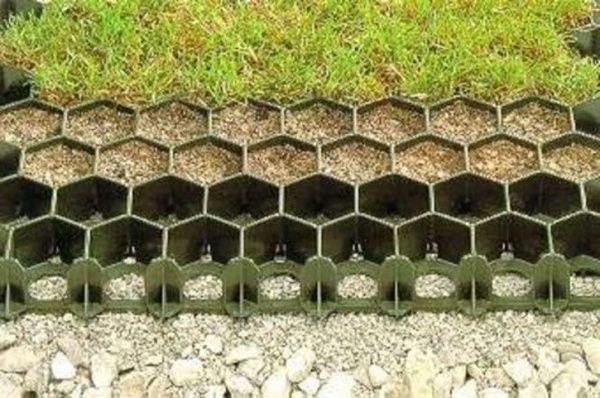
As the name is called, plant-based concrete is a method of creating floors, sidewalks, sidewalks, motorways in many different ways, allowing grass or other flora to grow. Besides reducing concrete, this method has an important feature of improving the absorption and drainage of rainwater effectively, making the environment much more eco-friendly.
3. HempCrete - Hemp Material
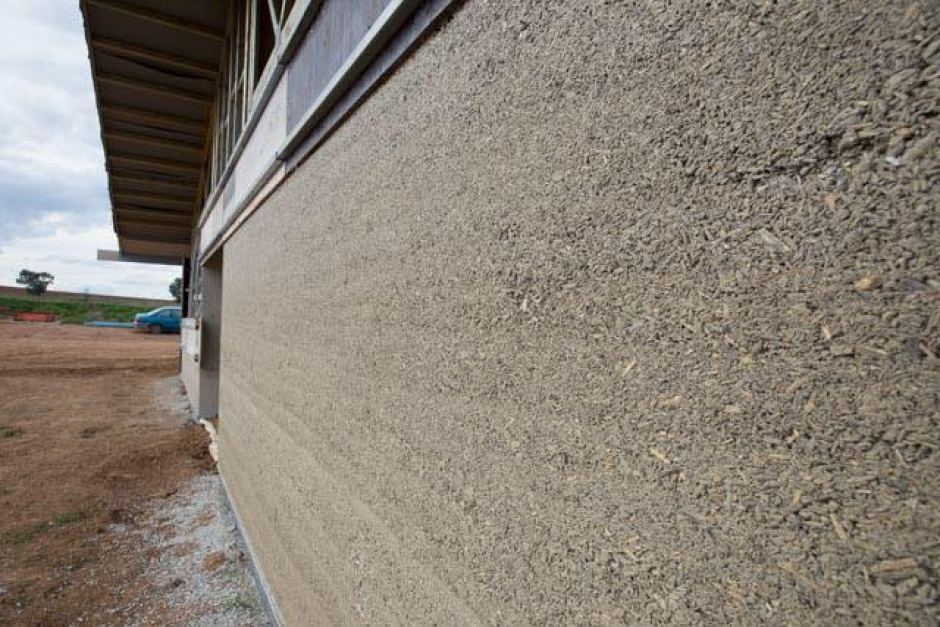
HempCrete is a material made from hemp fibre. To create concrete-like materials that are light and hard, hemp fibres are mixed with lime. Although this material has an unstable structure, it provides flexibility and natural insulation, and is a super light material which is very suitable in certain application.
4. Straw Bales
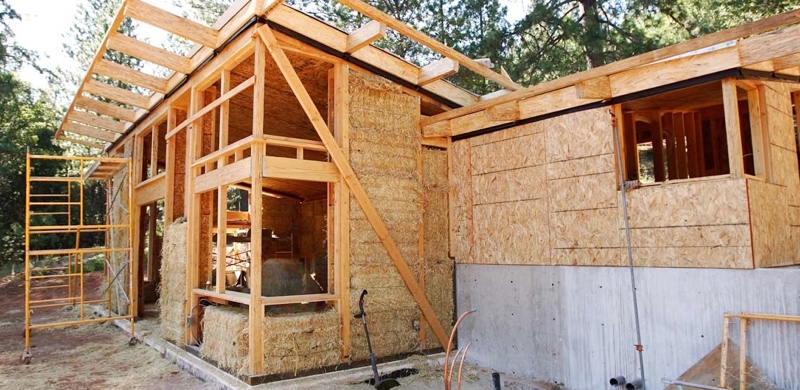
The bales are placed in hard frames to create walls, replacing other materials such as concrete, wood, plaster, fibreglass or stone.
This makes us think of straw-covered cottages and walls made of straw-mixed clay that was smashed by our ancestors.
Buildings built with straw have very high insulation capacity at very competitive prices.
5. Bamboo
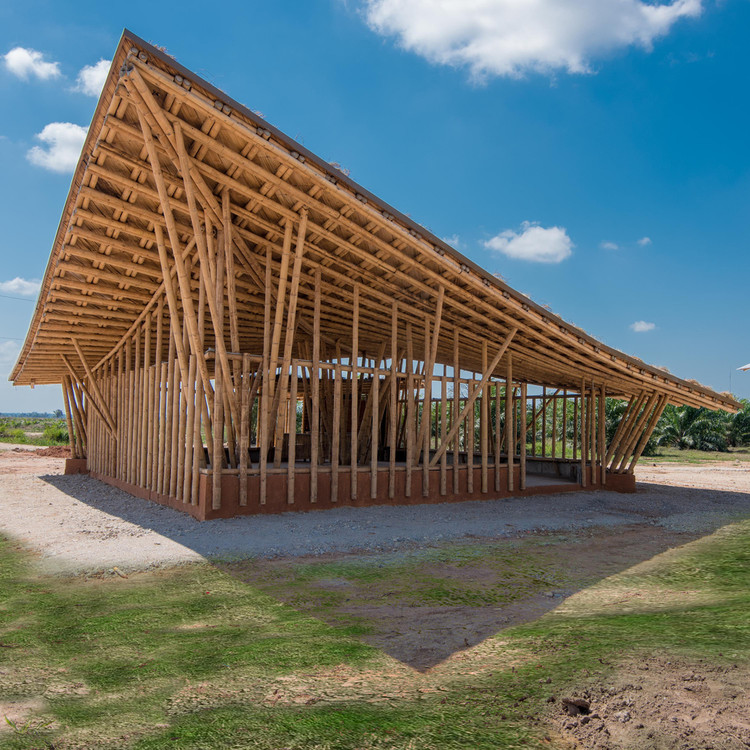
For thousands of years, bamboo is the traditional material in many parts of the world. Today, however, bamboo is actually a promising building material for modern buildings. This material has a combination of durability, light weight and rapid regeneration. It can be used as a frame for buildings, bamboo as an alternative to reinforced concrete, especially in remote areas or during the needs for rebuilt after natural disasters or abundant bamboo sources.
6. AshCrete - Concrete from Ash
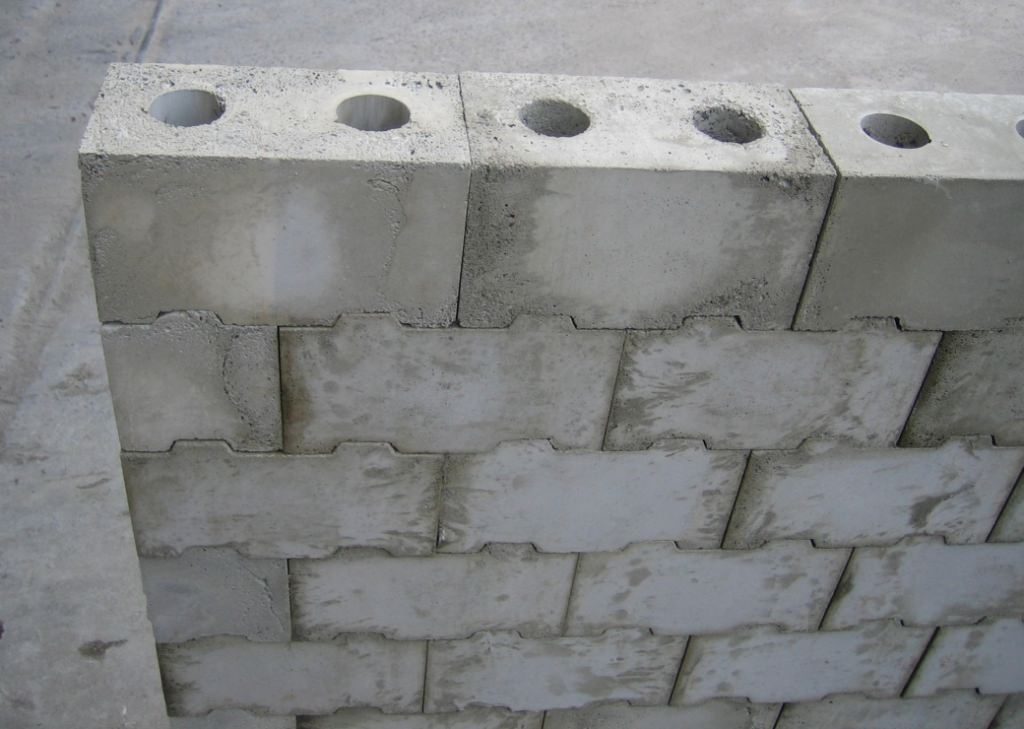
AshCrete is an alternative to traditional concrete. AshCrete is produced from fly ash, which is a fine particulate gas obtained from the combustion of coal fuel in coal-fired thermal power plants. It is estimated that up to 97% of traditional concrete components can be replaced with this recycled material.
7. TimberCrete - Sawdust Concrete
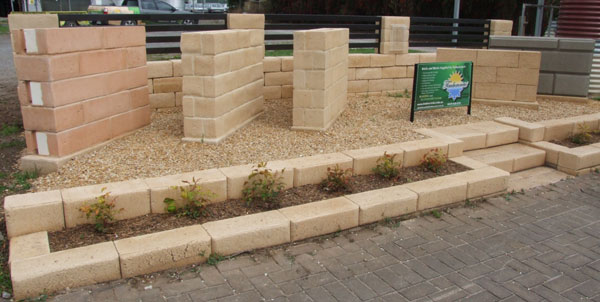
TimberCrete is a construction material made from sawdust and concrete mixed together. This type of sawdust concrete is lighter than traditional concrete, thus contributing to reducing emissions during transport. Sawdust in this type of concrete, which is a waste, can replace some traditional concrete components that require a lot of energy when produced.
8. Clay
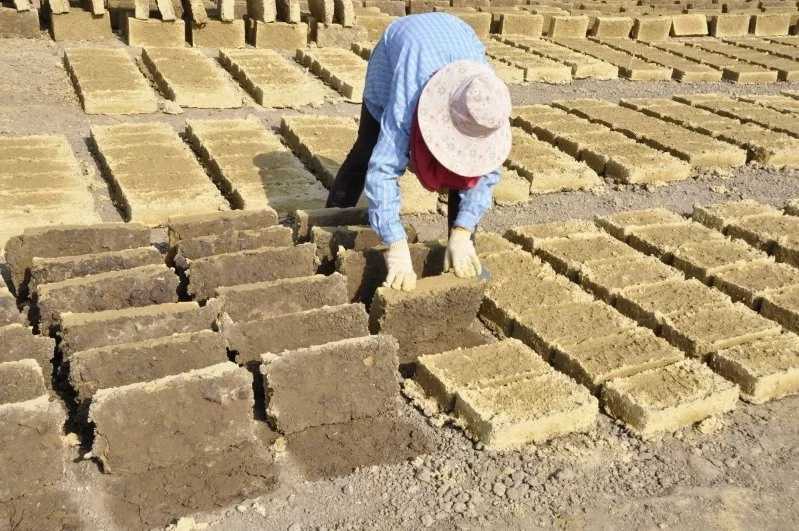
What is more natural than the soil? Walls similar to concrete can be created using compact soil in wooden moulds. Clay is a technology that has been used by humans for thousands of years and is very durable. In order for the compacted houses to be more stable, compressors can be used to compress the soil mass with the reinforced core or bamboo.
9. Mycelium - Mycelium Material
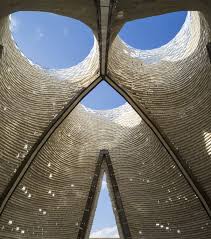
This may really sound crazy, but although it is unbelievable, mushrooms are building material of the future. This completely natural material is made up of the original structure of mushrooms. Mushrooms can be grown around a mixture of other natural materials such as straw in the form, then dried to produce light and durable bricks, or in other shapes.
10. Ferrock - Concrete from Steel Dust
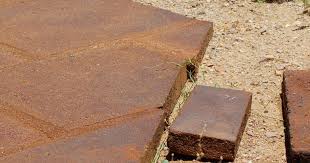
Ferrock is a new material in the process of research, using recycled products such as steel dust to create a construction material similar to concrete, even more durable than concrete. Moreover, this unique material also absorbs CO2 in the process of drying and hardening, extremely environmentally friendly. In addition, ferrock is highly valued by the reuse of waste from other manufacturing industries such as steel and glass




